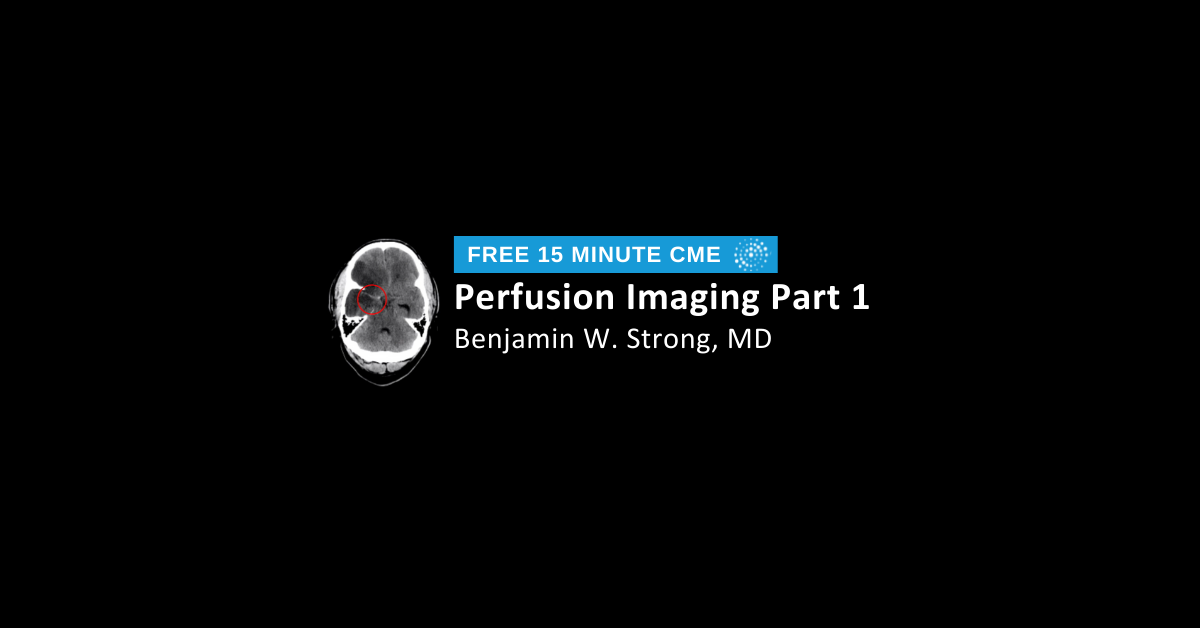Pediatric Cervical Spine Trauma
0.25 AMA PRA Category 1 Credit™
Cost: Free
Expires: 12/31/2024
Course Overview
In this didactic presentation, Dr. Beckmann discusses the physiologic bases for differences in pediatric and adult cervical spine trauma as well as review recommendations for initial imaging of pediatric cervical spine trauma and imaging appearance of pediatric traumatic cervical spine injuries.
Learning Objectives
- Discuss pediatric physiology resulting in differences between pediatric and adult cervical spine injuries
- Review current recommendations for initial imaging of pediatric cervical spine trauma
- Demonstrate imaging findings and mimics of pediatric cervical spine trauma










.jpg?width=1024&height=576&name=vRad-High-Quality-Patient-Care-1024x576%20(1).jpg)







%20(2).jpg?width=1008&height=755&name=Copy%20of%20Mega%20Nav%20Images%202025%20(1008%20x%20755%20px)%20(2).jpg)



.png?width=1200&height=628&name=CME_Header_1200x628%20(31).png)

-1.png?width=1200&height=628&name=CME_Header_1200x628%20(26)-1.png)
.png?width=1200&height=628&name=2022_CME_Header_1200x628%20(2).png)

.png?width=1200&height=628&name=2022_CME_Header_1200x628%20(1).png)


